
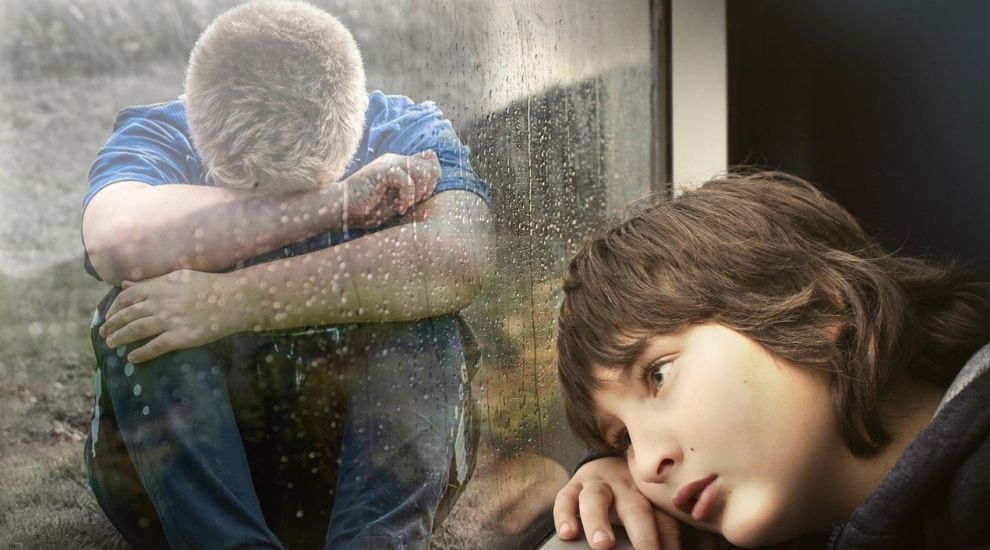

An impersonal “magnolia blandness”, not feeling loved, under-staffing, and not even knowing the people who work there...
According to a new review, this is what living in a children's home in Jersey is like.
The Independent Children's Homes Association has now made 33 recommendations for change in Jersey, including closing one of the “inappropriate” homes and giving therapeutic services to children in care.
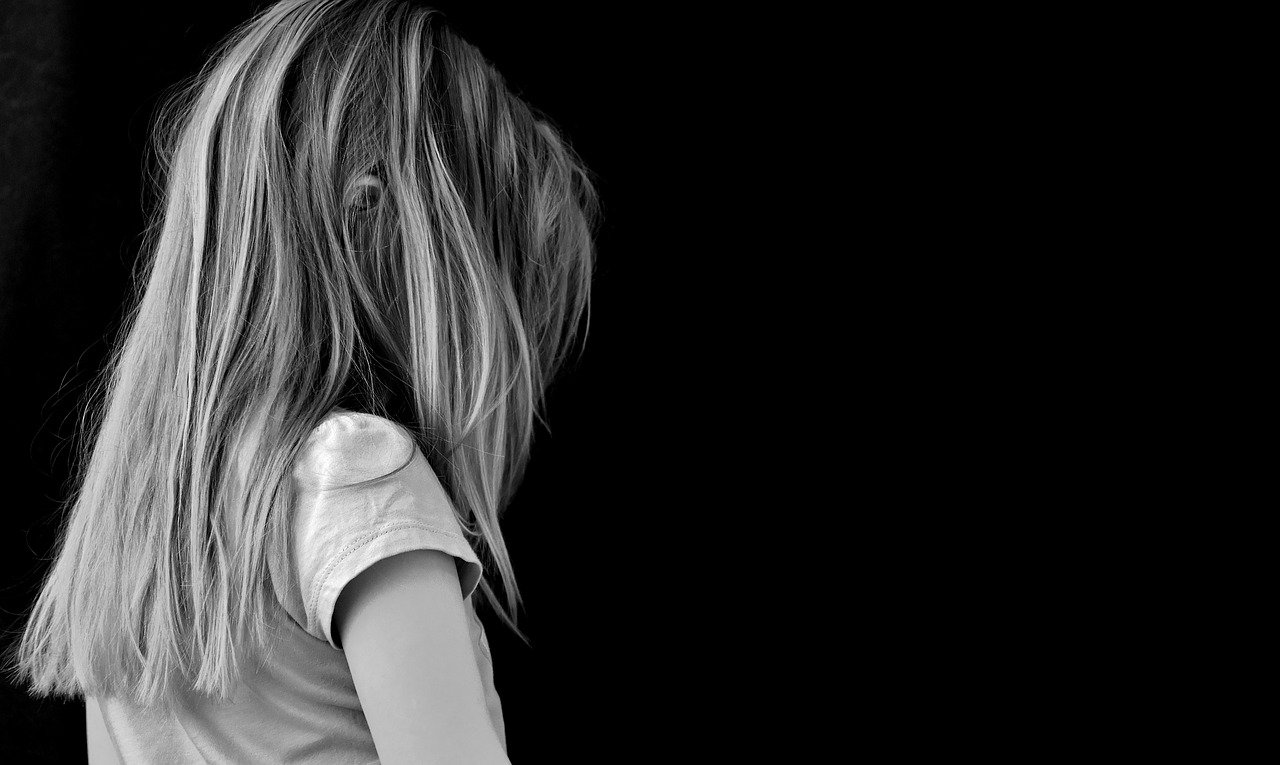
Pictured: "Traumatised children who need help, love, and guidance, are often running the homes.”
Compiled in August and September of last year, the association's review examined the care being offered to children at:
On the one hand, it praised the Short Break homes for their “excellent service," and noted that there were "high levels of satisfaction with the care received" from young people overall in residential care, who often "spoke highly" of staff and homes.
However, the association found that the children's homes and supported accommodation fell far from their expected standards in a significant number of areas.
Express examined their findings in depth...
One of the key areas of criticism in the association's report was staffing arrangements.
It “strongly” recommended a restructuring of the staff and a change in shift patterns in the Children’s Homes and Supported Accommodation.
It also observed that the “current rota pattern in the supported accommodation, secure and children’s homes means that there is a heavy footfall with up to three staff changes per day, every day of the week, that is 21 times a week that staff change.”

Pictured: Some staff were also said to be feeling "undervalued," "stressed" and "exhausted."
Cutting to the core of this, amongst several testimonies from children, one simply surmised: “It’s not normal, is it? It’s not like a family.”
The same patterns were found in the “chronically understaffed” Supported Accommodation, where staff have found themselves working with up to six people they do not know. One young person said: “I come home sometimes and I don’t know the staff. Some of them don’t even introduce themselves.”
Another area of concern was the high turnover of social workers, with recurring stories that “left the children, young people and families feeling undervalued, unimportant and angry.”
The reviewer noted how “one young person told me that they had only seen their social worker once all year. They went on to say that “I had lots of other social workers ringing me wanting to talk to me, but I told them all to ‘f*** off’, as I’m sick of telling my story."

Pictured: Some young people felt the high turnover of social workers left them feeling "unimportant" and unwilling to tell their stories to new people over and over again.
The report also noted a shortage of foster carers, “which is currently being addressed through the development of the intensive fostering scheme.”
Though it noted that "staff care about children and young people and they are committed to providing the best possible services," the report concluded: “...There are insufficient care staff to meet the needs of Jersey’s children and young people.
“In part, this is due to the decreasing numbers of children looked after in the children’s homes during 2019 and vacancies were not recruited to. However, during the covid-19 pandemic the numbers of children increased, leaving the service short.”
In the same week the report was published, a response to a request made under the Freedom of Information Law revealed that all children's homes in Jersey are currently full.
Although it described the care being given to children as simply "not good enough", the report emphasised that these issues are not “through neglect or a lack of caring on the part of the staff, but through a combination of inadequate training, poor understanding of the children’s fundamental needs and how to meet them, and, for some staff, a lack of recognition of what good looks like.”
To illustrate this, it quoted an individual who had recently left care, who said “they never felt loved” and that physical contact “rarely happened.”
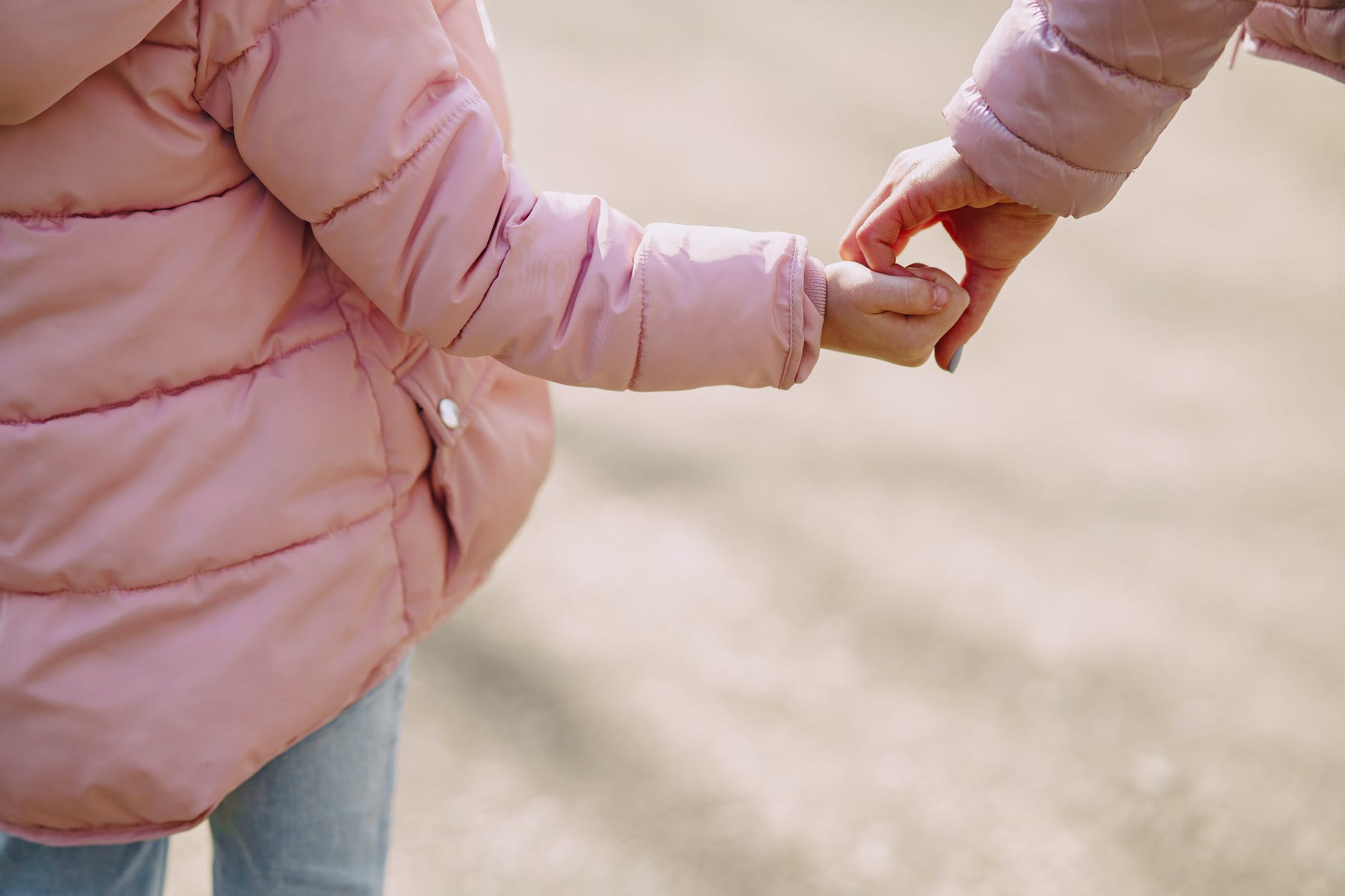
Pictured: “It’s not normal is it? It’s not like a family.”
On this, the review found: “...There is a fear of using touch, nurturing practices and love within safe, consistent, moral structures, and while staff praise and regard their young people, they exercise no authority to equally apply boundaries and consequences.
"Fun and shared experiences are also limited, so children choose to be with friends and family even when this compounds their trauma.”
It even went as far as to say that without a supportive, healthy family environment with rules, structure and boundaries, “traumatised children who need help, love, and guidance, are often running the homes.”
As staff had been training online during the pandemic, the report suggested the quality of learning had not been as good - however, staff were full of praise about training implemented before the pandemic from Headsight, who together with Maybo form the Trauma Action Group, which is being reintroduced.
The report suggested that a Training Officer should be appointed, to help ensure this training was kept up to date.
As well as a lack of family comfort, the report observed “a general ‘magnolia blandness’” across children's homes, stating that they “need personalising.”
“Pictures of children are not prominently displayed and pictures of children having fun with staff were not seen by the reviewer anywhere, although the Registered Manager at one home did state that they had been recently removed at a child’s request,” it stated.
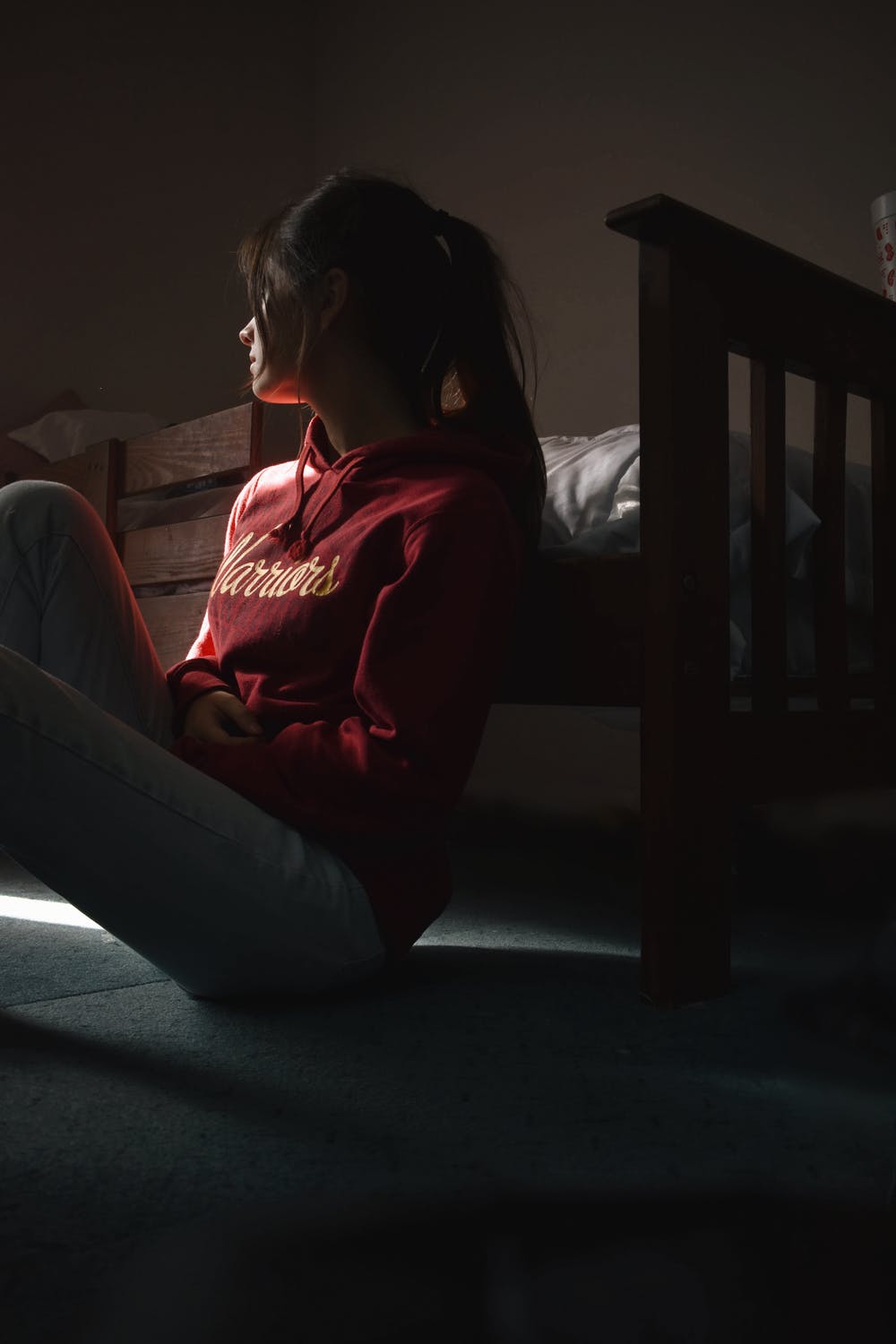
Pictured: The report observed an impersonal feel to many of the homes.
Describing changes that need to be made, it stated that “it is critically important that each home has their own identity, created in the image of the children and young people who live in the homes at any one time.”
The facilities were so “inappropriate” in one home that it has been recommended to be closed as soon as alternative accommodation is found, with the report remarking: “it is too small and it is in an inappropriate location, in the carpark of a neighbouring primary school.”
“It is registered to accept up to three young people between the ages of 12-18, although the Statement of Purpose states that it only accepts up to two children.
“Despite these discrepancies, the house is cramped and provides insufficient space for two young people and their staff.”

Pictured: A lack of intensive provisions for children with severe trauma led to some being placed off-island.
Though two homes are more "homely," with one child speaking highly of one and simply saying - "it is my home" - it noted that one of them is easily identifiable as a Children's Home rather than discreet.
Staff in another home were forced to sleep in the lounge and have the house adapted, after a child who was not deemed to be a poor mix with the other two, but still expected to be taken on by the home, had to be accommodated.
The report noted that the communal space for the young people was compromised as a result.
As well as these environmental issues, it was noted that there was an absence of intensive provisions for children with severe trauma, noting a “lack of specialism in the cohort of children’s homes resulting in some severely traumatised children being placed off-Island.”
Many of these problems were deemed to stem from a lack of clarity over what each of the homes’ purpose is and how they deal with children with different needs. The report stated this can sometimes be to the point where some are put in homes that are not directly able to cater to their needs.
It called out the Government and Care Commission for allowing these “dangerous and disrespectful” variations, noting a frequent inability to challenge them, and a case of enforcement where the child has yet to be given alternative accommodation and “nothing has been resolved.”
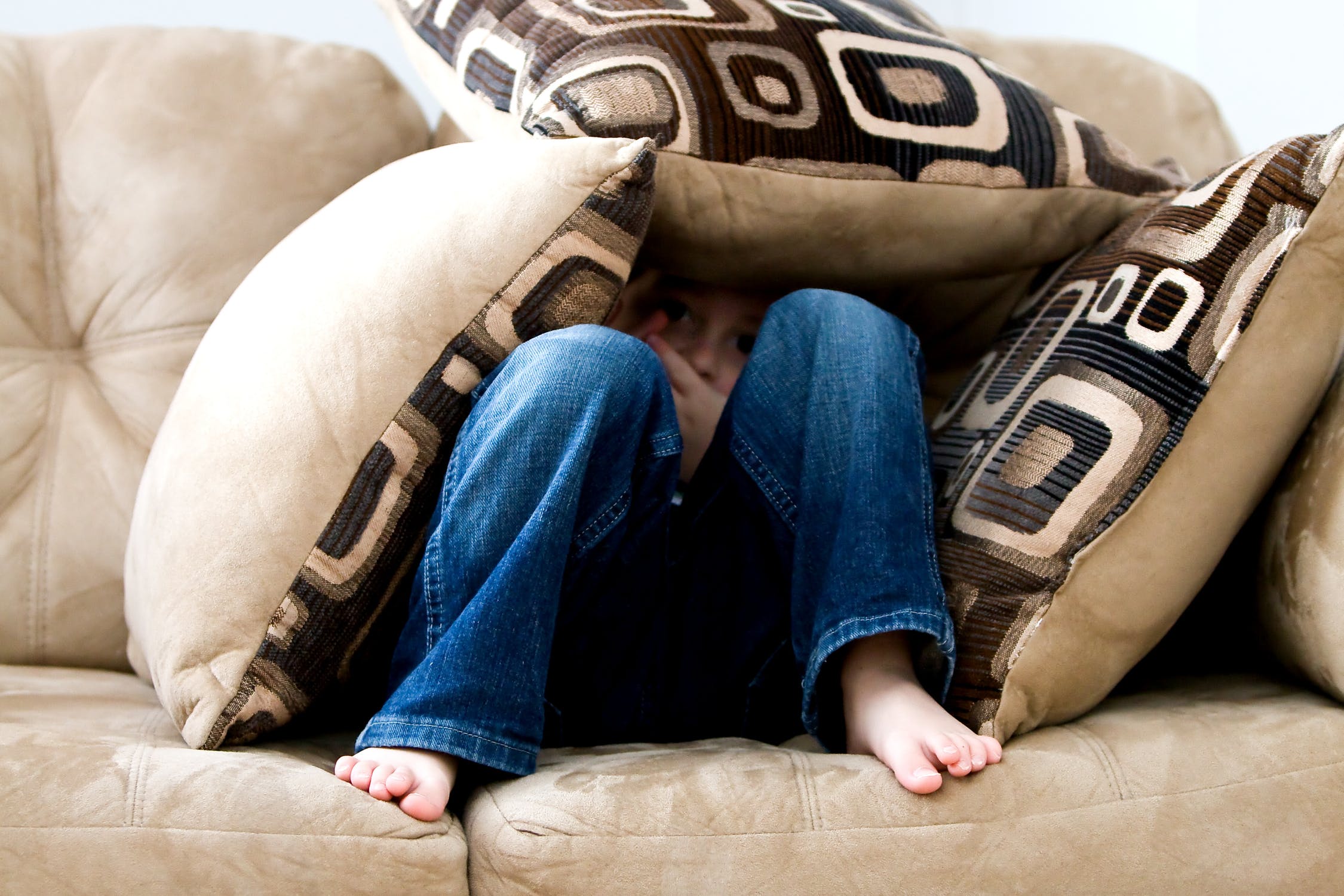
Pictured: The report said that some children were being put in homes not catered to their needs due to capacity issues.
This crossover of different homes is reflected terms of staffing too - there are only six Residential Managers across all of them, meaning some homes do not have their own, to the point that one child did not know who their RM was.
Indeed, the system has also left "a feeling among many of the staff that they were not valued," with low morale and "home staff... under-resourced, stressed and exhausted," as well as some indicating that if things did not change, they would be leaving.
At the top level, the turnover of senior leadership was found to have “left a culture of mistrust amongst the workforce and a prevailing attitude of ‘let’s wait and see how long they last’.”
To counteract these issues with clarity and communication, it suggested creating one trauma-informed system across services that “enables the Island’s services to unify under one research-based assessment and planning programme” - something the Government has accepted.
It further recommended that a Residential Manager be set for each home, and that Statements of Purpose must be used as part of assessment and planning process for placements, both of which the Government has also accepted.
As Express reported earlier this week,the report also slammed the current Greenfields arrangements, calling them “neither efficient nor effective”, and recommending it be closed and turned into a therapeutic ‘Resource Centre,’ alongside building another home for intensive treatment.
The report coincides with a separate report from the Government this week showing an increase in child mental health issues, as well as previous statistics showing a growing Child and Adolescent Mental Health Services caseload.
Comments
Comments on this story express the views of the commentator only, not Bailiwick Publishing. We are unable to guarantee the accuracy of any of those comments.